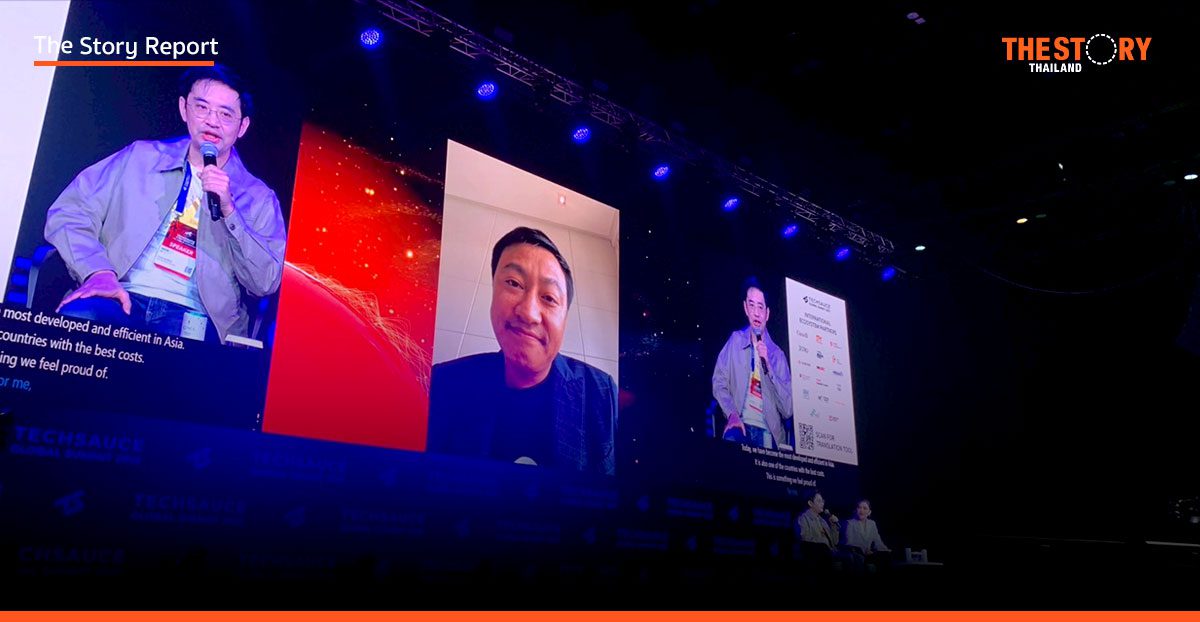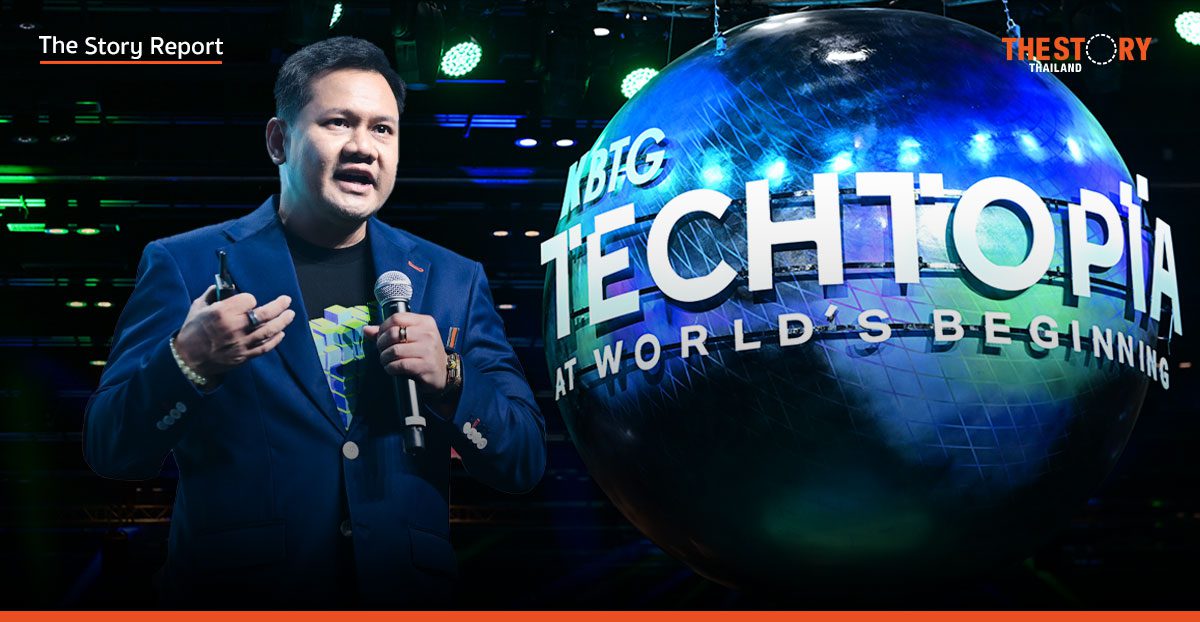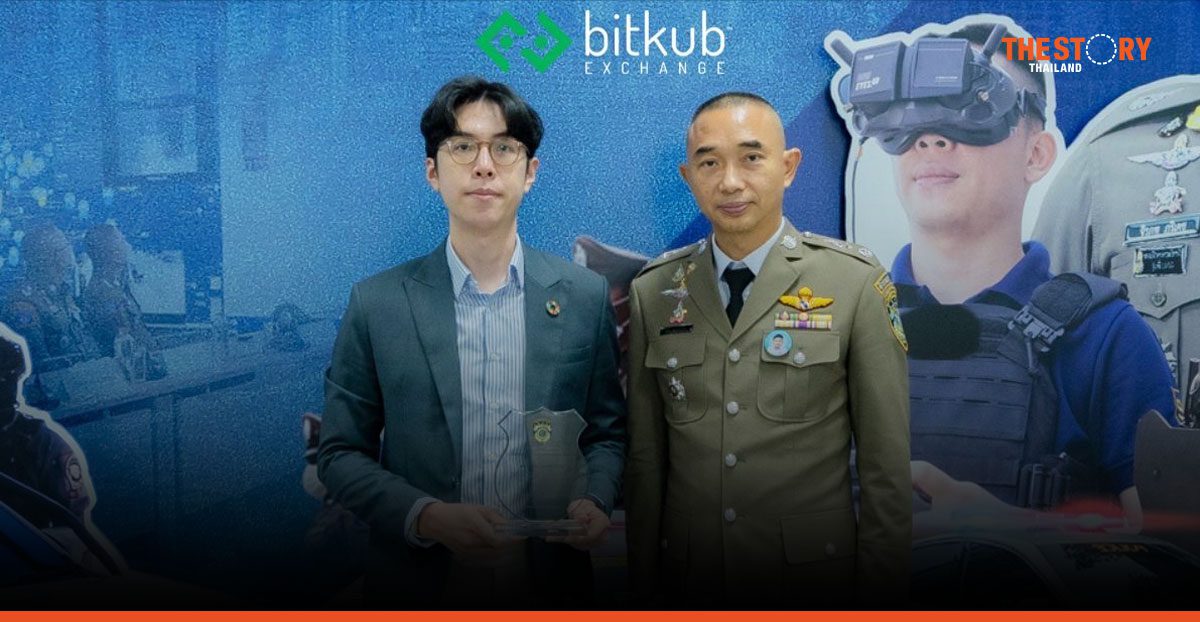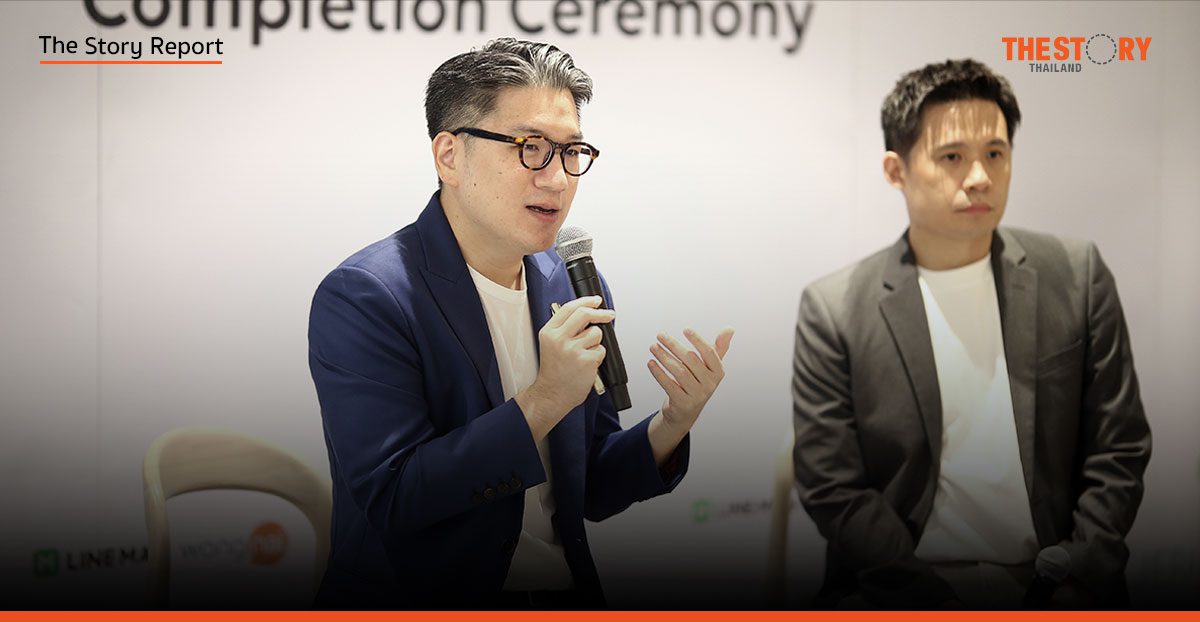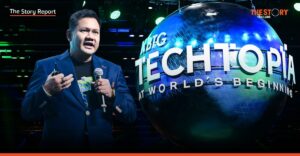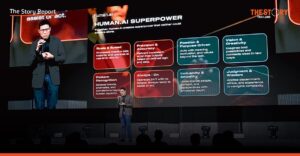Achieving “unicorn” status might be the ultimate dream for startup founders worldwide, but for Flash Express, Thailand’s first company to reach a billion-dollar valuation, it was merely a milestone on a much longer journey. In a candid and insightful conversation, Komsan Lee (Co-founder and CEO) and Wei Jie (Co-founder and COO), the two leaders of Flash Group, revealed the demanding reality behind their meteoric rise and shared their vision for the future.
Unicorn Status: A Milestone, Not a Finish Line
Perhaps the most revealing insight is Komsan’s immediate deconstruction of the unicorn mystique. “The term ‘unicorn’ and the word ‘success’ are not actually the same thing,” he states emphatically. From his perspective, the label is an external perception that signals success to the public. In reality, the core of their work hasn’t changed. They remain an organization facing daily challenges and learning from failures, no different from any other company fighting to solve problems big and small.
“Whether before or after becoming a unicorn, we think every single day about how we will get through tomorrow, and how we can make today the best it can be,” Komsan says.
This captures the essential truth of Flash’s philosophy: their real goal is building a sustainable business through relentless daily execution. Serving the market and their customers to the best of their ability is a mission far more critical than any numerical valuation or external status.
The Twin Engines of Explosive Growth: ‘Luck’ Meets ‘Technology’
When asked what propelled Flash to unicorn status in just four years, Komsan humbly credits “luck” as the most significant factor. He describes it as a perfect convergence of timing: being in the “right country, the right industry, at the right time, and most importantly, with the right group of people.” He extends deep gratitude to his team and especially to Wei Jie for their indispensable roles in the company’s journey.
But luck only opens the door; it was technology that turned that opportunity into tangible success. Wei Jie, whose background is in computer science and who serves as the company’s technological heart, explains that Flash was built with a tech DNA from day one. In a logistics business that relies on a massive workforce of over 70,000 people, they deliberately avoided the traditional path of hiring layers of managers. Instead, they chose to “use software and algorithms” as their primary management tools.
Crucially, all their core software was developed in-house, specifically tailored to the Southeast Asian context. Wei Jie notes that even the best off-the-shelf software fails to address the unique cultural and operational nuances of the region. A clear example was their early HR management. He recalls the chaos when branches and headquarters were simultaneously recruiting for the same position, leading to cases where three separate job offers were made for a single opening. They also faced challenges with opaque time-tracking and overtime claims.
Flash solved this by building its own fully integrated digital HR and Office Automation (OA) systems. The result was a reduction in waste and associated costs by more than half and a near-100% transition to a paperless organization. This proves that for Flash, technology isn’t just a department—it’s the fundamental operating system of the entire company, enabling efficient and sustainable growth.
The Art of Scaling: Mastering ‘Rhythm’ and ‘Culture’
As a business grows rapidly, the most perilous challenge is managing its “rhythm.” Komsan identifies this as their most valuable and hard-won lesson. He defines “rhythm” as the delicate equilibrium between three core elements: the speed of business growth, the capacity of personnel to keep pace, and the availability of sufficient capital and cash flow to support expansion. He points out that many brilliant entrepreneurs fail not because their business is bad, but because they mismanage this rhythm, causing them to run out of capital, miss key opportunities, or fall behind a shifting market.
So, how does Flash maintain this complex balance? The answer lies in the “culture” and “organizational structure” embedded from its inception. Wei Jie explains their deep aversion to “big company disease”—sluggish bureaucracy, complacent employees, and executives who excel at creating beautiful presentations but fail at execution.
They designed their structure and culture specifically to prevent these pitfalls. First, a Flat Organization ensures that communication is fast and information is not lost in translation. Second, and most critically, is a culture of Hands-on Management, where every executive must engage directly with frontline operations. This ensures they have a true understanding of real-world problems and cannot be misled by subordinates painting a rosy picture. This culture also makes it clear who the true high-performers are.
Remarkably, this structure has remained intact even as the company has scaled from a few hundred employees to tens of thousands. What has changed is the sophistication of their technology, which now allows a single manager to effectively oversee as many as 200 people, all while the organization retains its startup-like agility. This is the art of using technology to preserve culture while managing the rhythm of growth.
A Vision for the Future: The AI-Powered Opportunity
Looking ahead, both founders agree that Artificial Intelligence is the next transformative wave, but they approach the opportunity from distinct and fascinating angles.
Komsan begins with a broad, societal perspective. He believes the most important question of our time is not “Who will build the best AI?” but rather, “How can we enable the vast number of SMEs to access and use AI tools?” He foresees a worrying future where AI exacerbates business inequality, allowing the strong to get stronger while the weak are left further behind. Therefore, he argues, the greatest business opportunity lies in creating solutions that help SMEs adopt AI to enhance their own competitiveness. For Thailand specifically, he sees standout potential in two industries: Consumption, where local Thai brands can go global with digital tools, and Biomedical, where the country already has a strong foundation in service and quality.
Wei Jie, in contrast, sees a new trend emerging from the power of AI itself. He points out that in the past, creating innovative user experiences for daily life was prohibitively expensive and required large corporations. AI has shattered those knowledge and cost barriers, giving rise to a new phenomenon: the growth of “Solopreneurs” and small teams. These micro-entrepreneurs can leverage AI to target niche markets with unmet needs, creating products and services that improve people’s daily lives. This is the opportunity for countless “Micro-AI Enterprises” to emerge and fill the gaps in the market.
“Today, even small teams have a chance to succeed, as long as they know how to use AI,” Komsan insists, sending a clear signal that AI adoption is paramount.
Wei Jie concludes with a piece of powerful advice. “Be the most professional at what you do. No matter how small or large the market, if you are the foremost expert, consumers will choose you.” In an era where anyone can create, it is true excellence and deep expertise that will ultimately determine victory.


